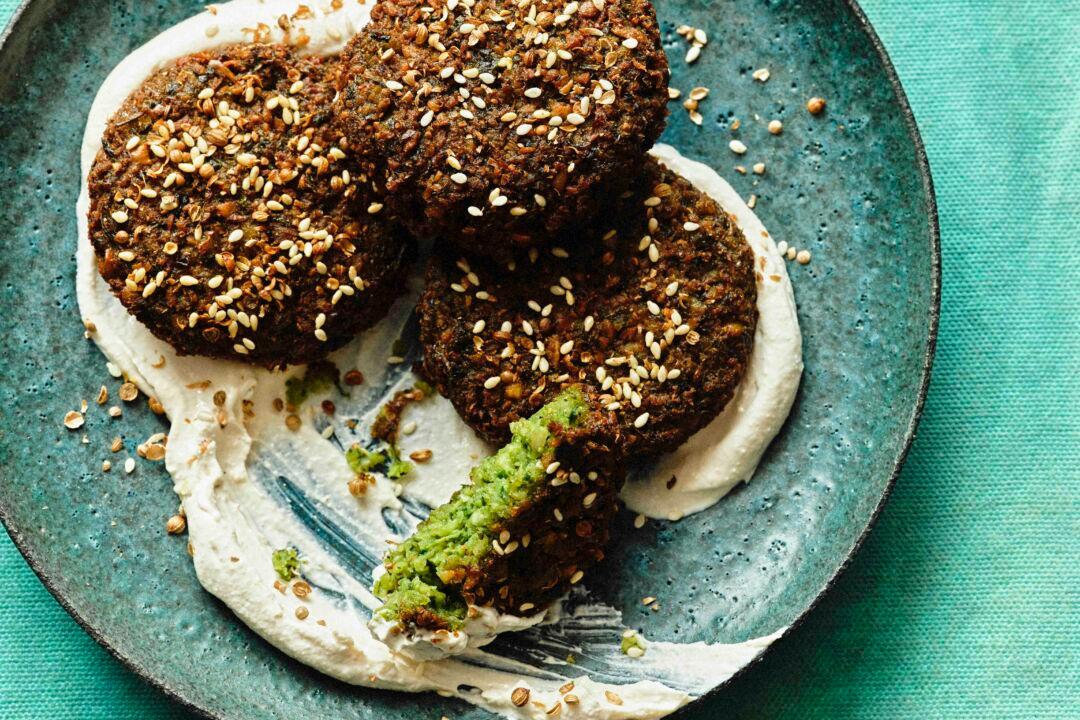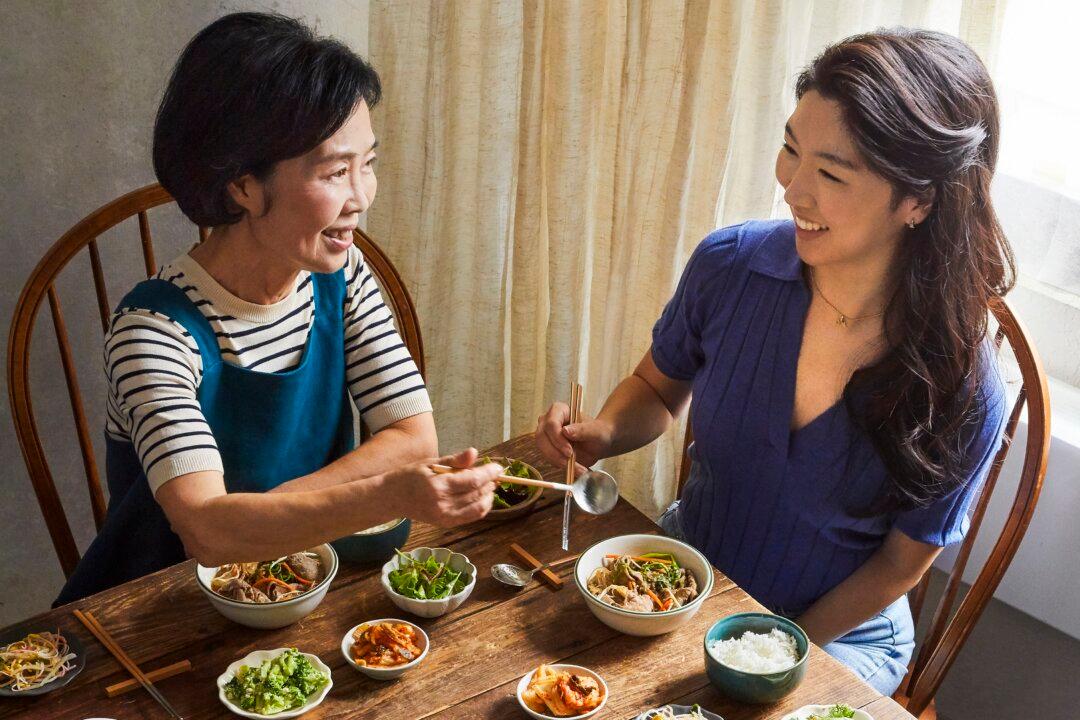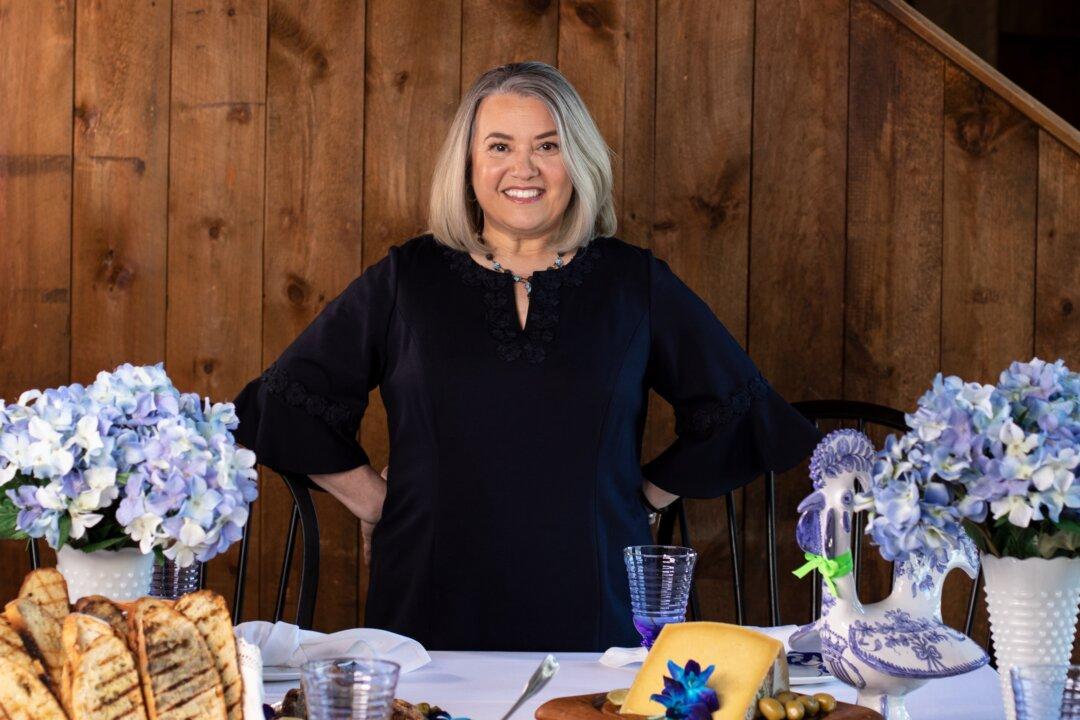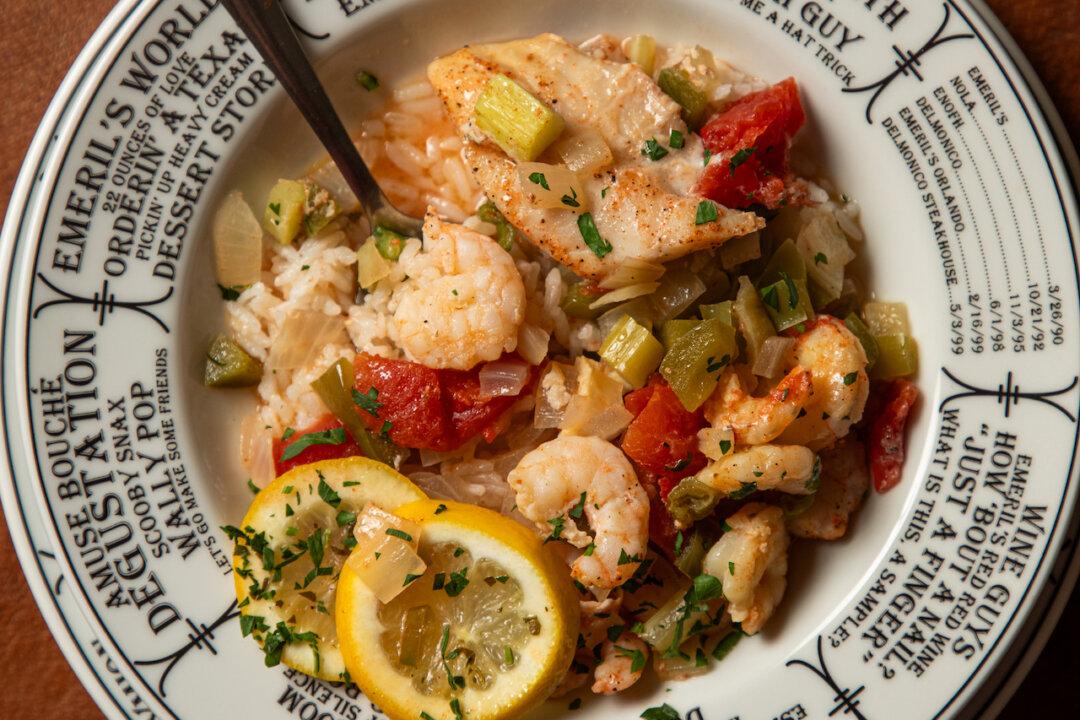Chef Michael Mina, born in Cairo, Egypt, and raised in rural Washington state, has plenty of accomplishments under his belt. The now Las Vegas-based chef is the founder of MINA group, which has opened more than 30 restaurants across the country, including multiple Michelin-starred eateries. He’s cooked for three presidents and just published his second cookbook. But lately, Mina has been showing the culinary world that there’s nothing quite as special as returning to your roots.
When Mina was 2 years old, he and his parents left Egypt for Ellensburg, Washington, a small town known for its rodeo, where they had relatives nearby.





